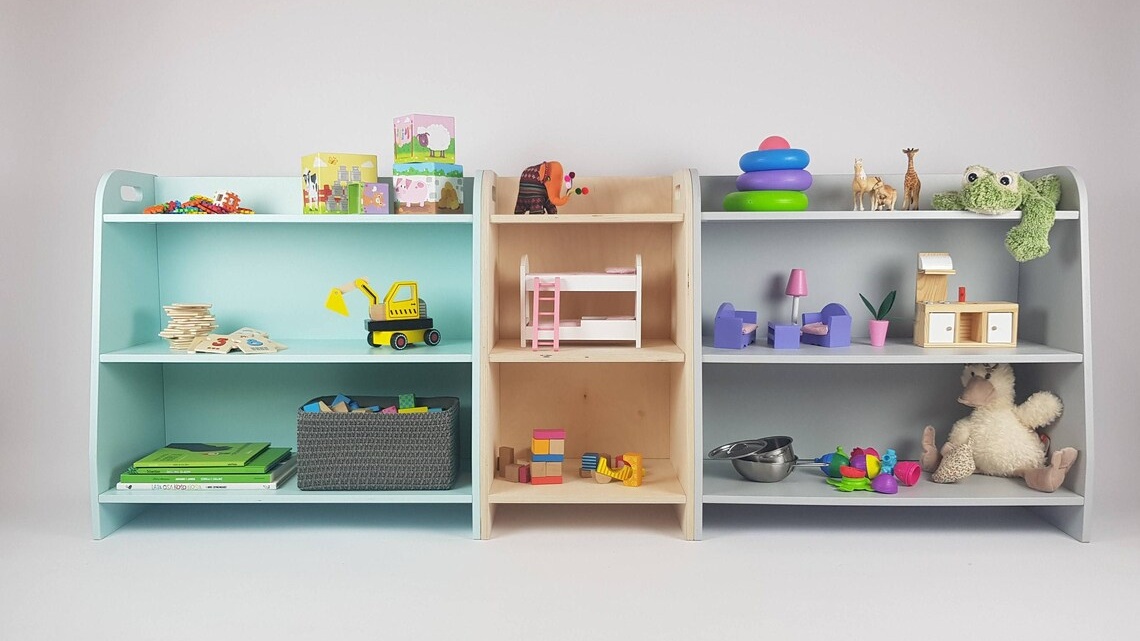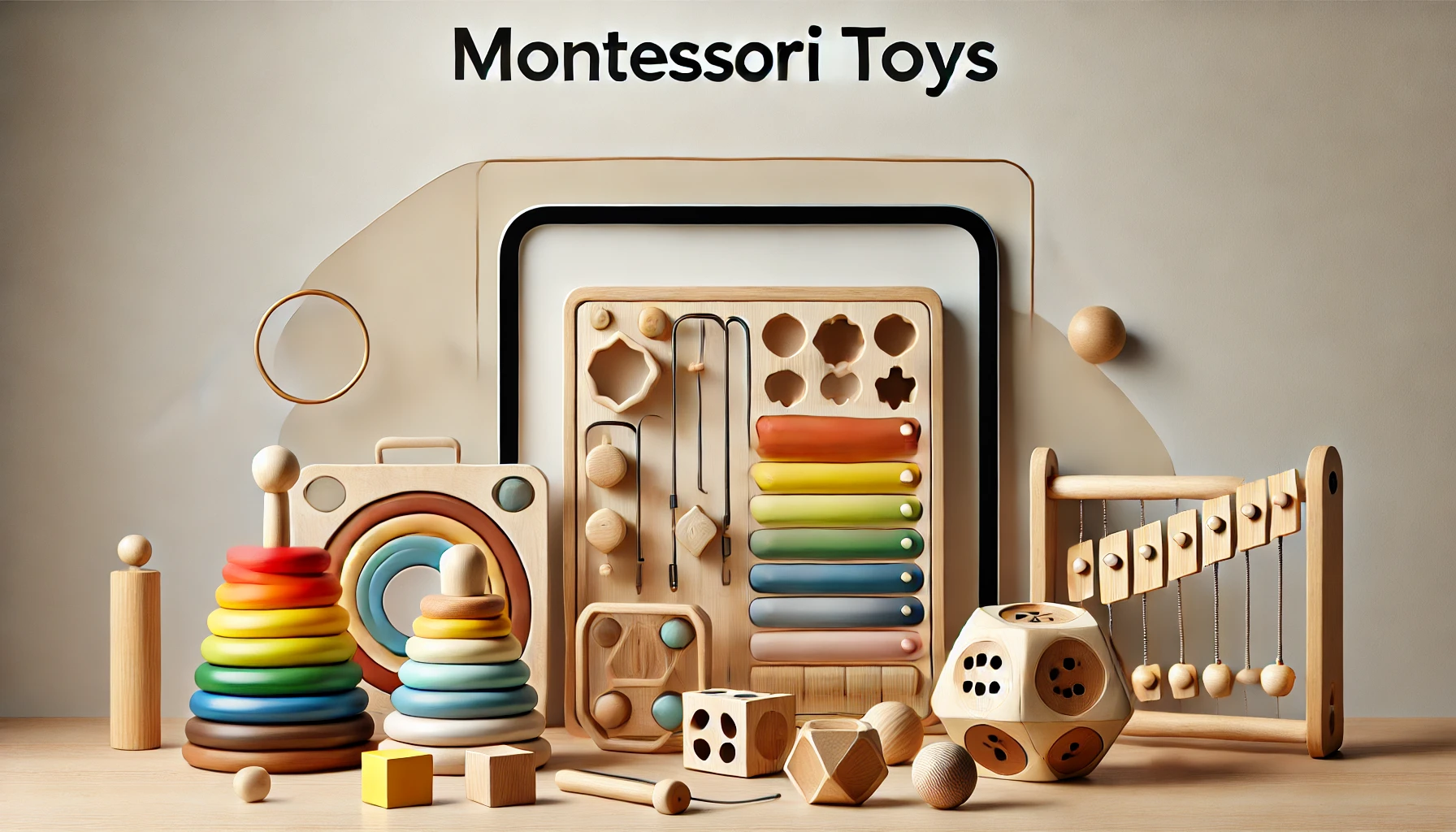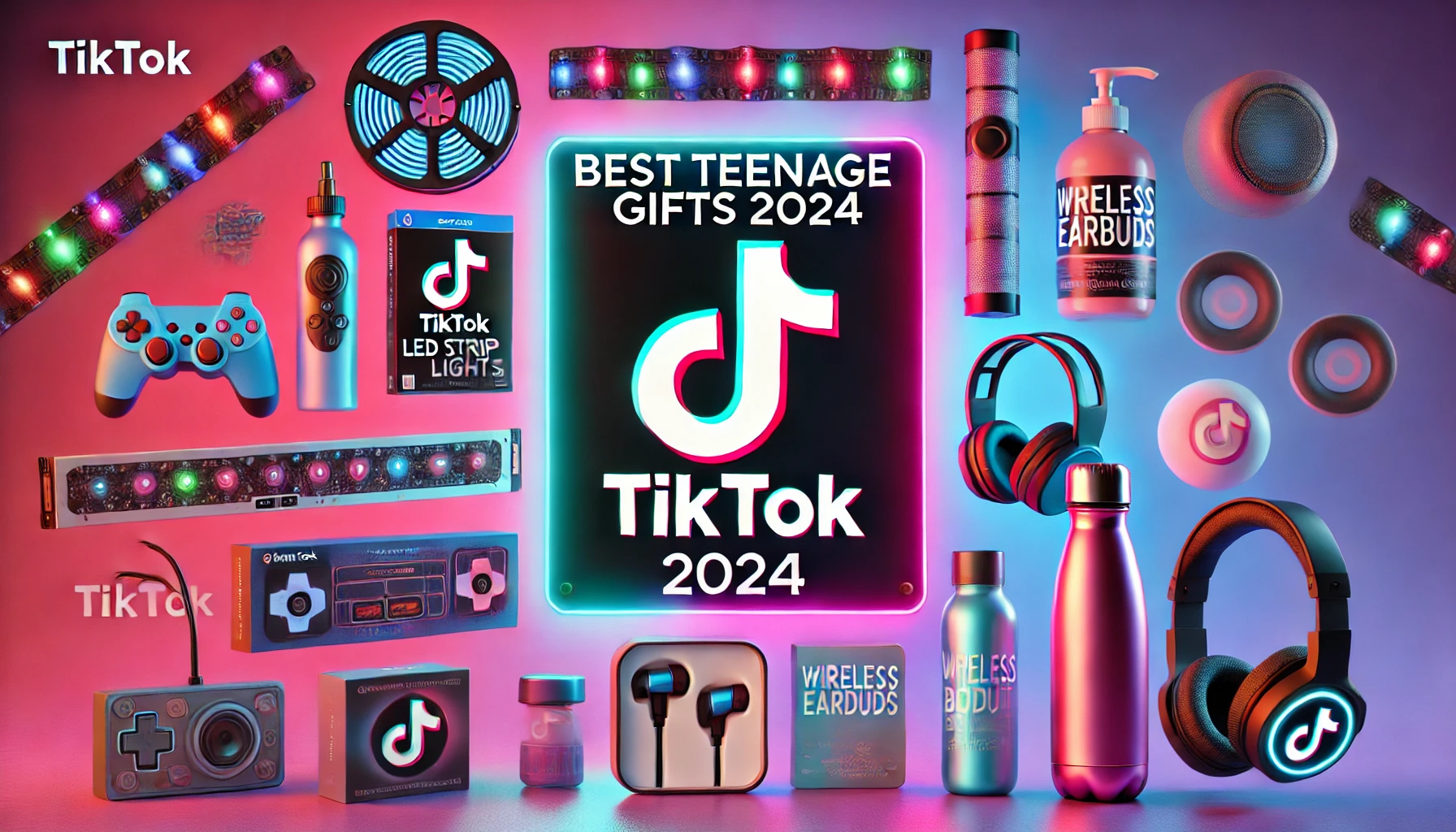Montessori Toys: Why Are They So Popular in 2024?
What are Montessori toys?
There are several core features that align a toy with Montessori theory, including: Simplicity Educational Natural materials Realistic Open-ended Fosters independence Sensory stimulation
What is special about Montessori toys?
Montessori toys encourage hands-on learning through play; they cultivate a natural curiosity, boost independent thinking, support sensory development, and help improve kids’ focus and concentration. Moreover, Montessori toys are made from high-quality natural materials and are built to last, making them cost-effective and more environmentally friendly than plastic alternatives.
How is Montessori different from traditional toys?
The Montessori method focuses on giving children tools and independence to learn at their own pace, while traditional toys follow a more formulaic teacher-student approach. To create a Montessori playroom, look for toys that focus on one skill at a time, promote free play, and encourage children to think independently. Avoid overstimulating toys with flashing lights, sounds, and buttons—less is more with Montessori! Examples of Montessori toys: Some of the best Montessori toys include wooden bricks, stacking rainbows, shape sorters, animal figures, abacuses, climbing arches, sensory blocks, and more! These toys inspire, excite, and educate little ones from birth.
Why are Montessori toys so simple?
Minimizing distractions is a core part of the Montessori approach, so these toys are very simple in both appearance and function. Montessori toys are designed to help children focus on learning one specific skill at a time, such as slotting the right shape into the right hole or stacking bricks without toppling. This aids deeper learning and development.
Why are there no plastic toys in Montessori?
Montessori favors toys made from natural materials like wood, metal, cotton, and glass. Unlike plastic, these materials inspire a connection to nature, offer a rich sensory experience, and encourage exploration. They’re also more durable, eco-friendly, and free from harmful chemicals often found in plastic toys.
Do Montessori toys have color?
Yes, they do! It’s a misconception that Montessori toys must have a natural wood look. Montessori welcomes color but prefers softer, muted tones over bright, primary colors. This creates a calmer environment that enhances concentration and reduces overstimulation.
How many Montessori toys should a child have?
Montessori toy rotation is an effective strategy that involves placing 8-10 toys on a low shelf accessible to the child and rotating them every few weeks. This encourages independent play, boosts confidence, and prevents toy boredom. In 2024, Montessori toys have seen an unprecedented rise in popularity among parents and educators. Inspired by the philosophy of Dr. Maria Montessori, these toys not only entertain children but also promote cognitive, emotional, and physical development in a natural and enjoyable way. The Montessori method, which emphasizes independence, exploration, and learning through play, has become a cornerstone of modern parenting. In an increasingly digital world, many parents are seeking alternatives that foster creativity and focus in their children without screens. According to experts, the popularity of these toys in 2024 is also due to their sustainability and natural materials. Made primarily from wood and other eco-friendly elements, Montessori toys are a responsible option that resonates with new generations committed to the environment.
Montessori Toys by Age and Top 3 Best-Sellers:
0-1 year:
Object permanence box (15-30€ / $16-32),
wooden rattle (10-20€ / $11-22),
sensory blocks (20-35€ / $22-38).
1-3 years:
Learning tower (80-150€ / $86-162),
shape fitting puzzles (20-40€ / $22-43),
wooden rainbow stacker (25-50€ / $27-54).
3-6 years:
Wooden building blocks (30-60€ / $32-65),
bead threading set (15-35€ / $16-38),
geometric fitting puzzles (20-45€ / $22-49).
Top 3 Best-Selling Montessori Toys:
Multifunctional learning tower (80-150€ / $86-162).
Natural wooden building blocks (30-60€ / $32-65).
Object permanence box with balls (15-30€ / $16-32).
Top 5 Best-Selling Montessori Toys in 2024:
Multifunctional learning tower (80-150€ / $86-162).
Natural wooden building blocks (30-60€ / $32-65).
Geometric shape fitting puzzles (20-45€ / $22-49).
Wooden bead threading set (15-35€ / $16-38).
Object permanence box with balls (15-30€ / $16-32).


